
Mandy Barker is an international photographer whose work investigates marine plastic debris. Collaborating with scientists, she aims to raise awareness around plastic pollution in the world’s oceans and highlight current research studying the effects this has on marine life and ultimately ourselves. Barker’s work has been published in over 40 countries as she seeks to engage broader audiences in the environmental movement. She is a recipient of the 2018 National Geographic Society Grant for Research and Exploration, and an award-winning photographer, shortlisted for the Prix Pictet Award SPACE 2017, nominated for The Deutsche Börse Foundation Photography Prize 2018, and nominated for the Magnum Foundation Fund.
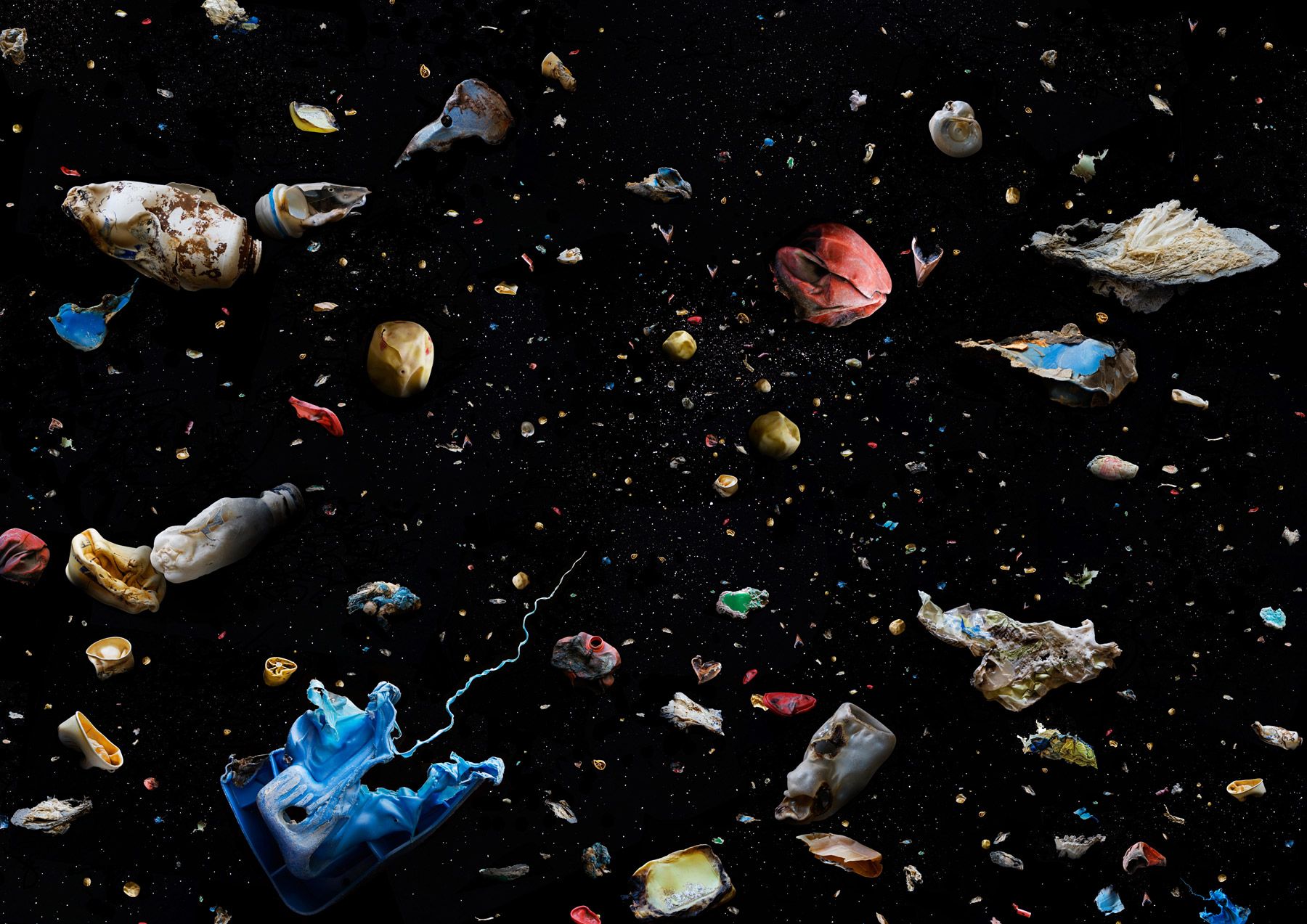
What about the ocean speaks to you as an artist? How did you find yourself first focusing your energy and intention on marine conservation?
I have always enjoyed being by the sea and walking the coastline. As a child I collected driftwood, stones and shells from the shore, but over the years, what I found on the beach was replaced by fridge freezers, computers, and TVs. I began to wonder how all of this waste ended up on shore, and felt this was an environmental concern others should know about. I wanted to spread awareness to a wider audience through my own experience. This is what initially stimulated my work, which I have been continuing now for nine years.
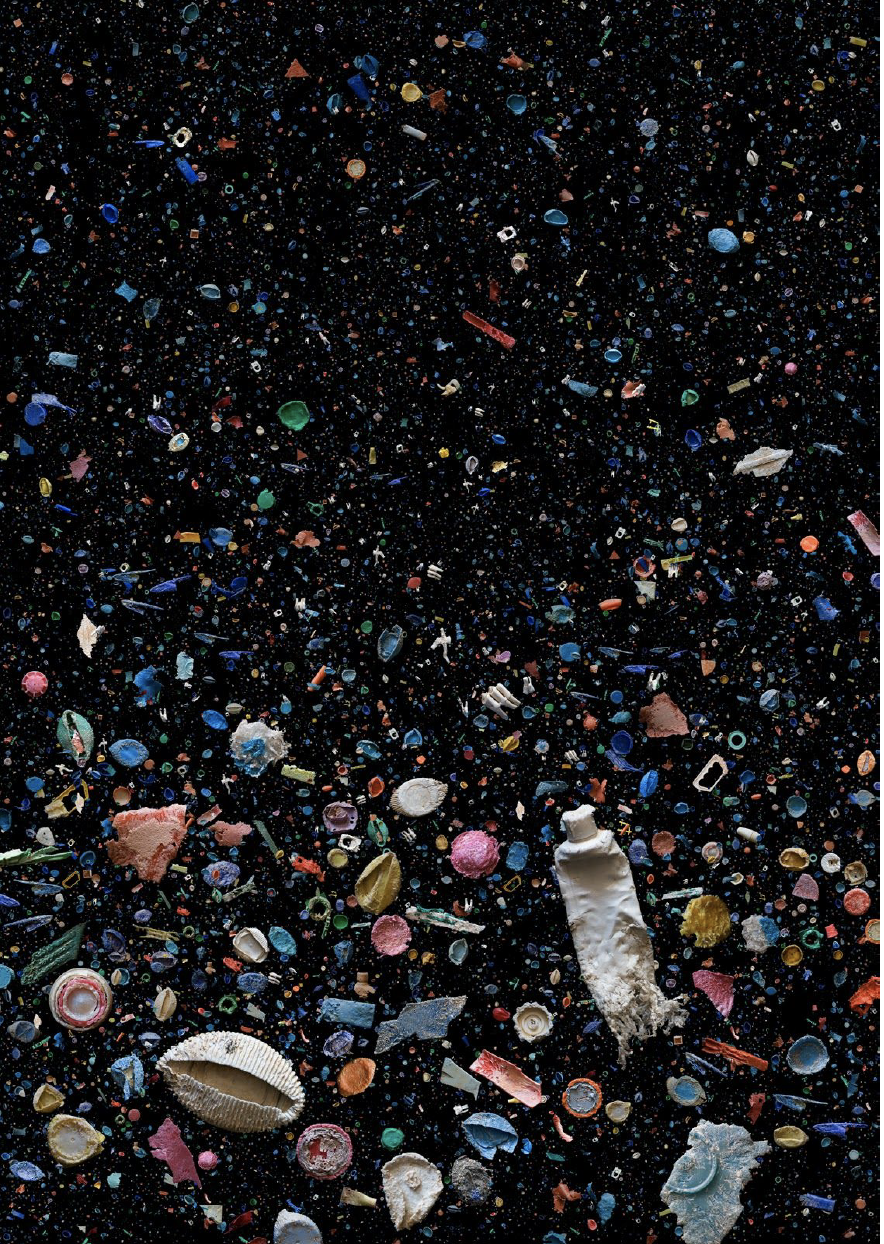
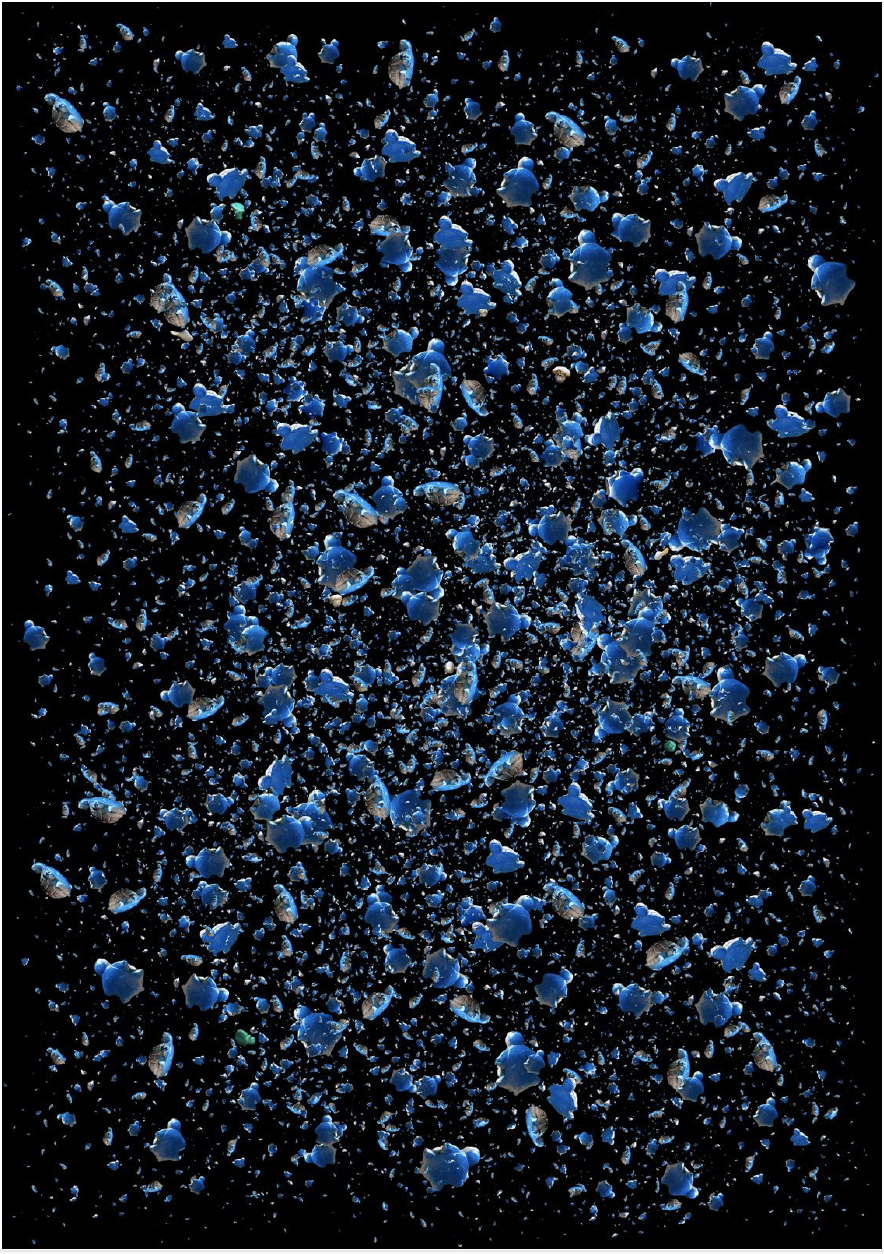
Can you say a few words about your “Penalty” series of discarded footballs around the 2014 Fifa World Cup, and how it draws perhaps a different audience than would normally be receptive to the movement?
I wanted to engage a new audience at the time of the 2014 FIFA World Cup by asking the global public to collect marine debris footballs (soccer balls) from their local beaches. Four months before the World Cup, I put out a call via social media for people to send their collected balls to me to photograph for a new image. I never expected to receive so many balls. I had hoped to get around 100, but in total I received 769 plus 223 other types of balls recovered from the sea! This made for an amazing collaboration with people from around the world keen to help raise awareness that far exceeded what I could have hoped to expect. The image was published in over 30 countries at the time of the World Cup 2014 and again in 2018. Viewers watching the World Cup respond to images of football, so this was the perfect event and opportunity to connect them with the issue of marine plastic pollution. I was actually interviewed on CNN’s “Connect the World” program in the US at the time of the World Cup, which was wonderful because it was my intention to connect the world with each other and the issue.
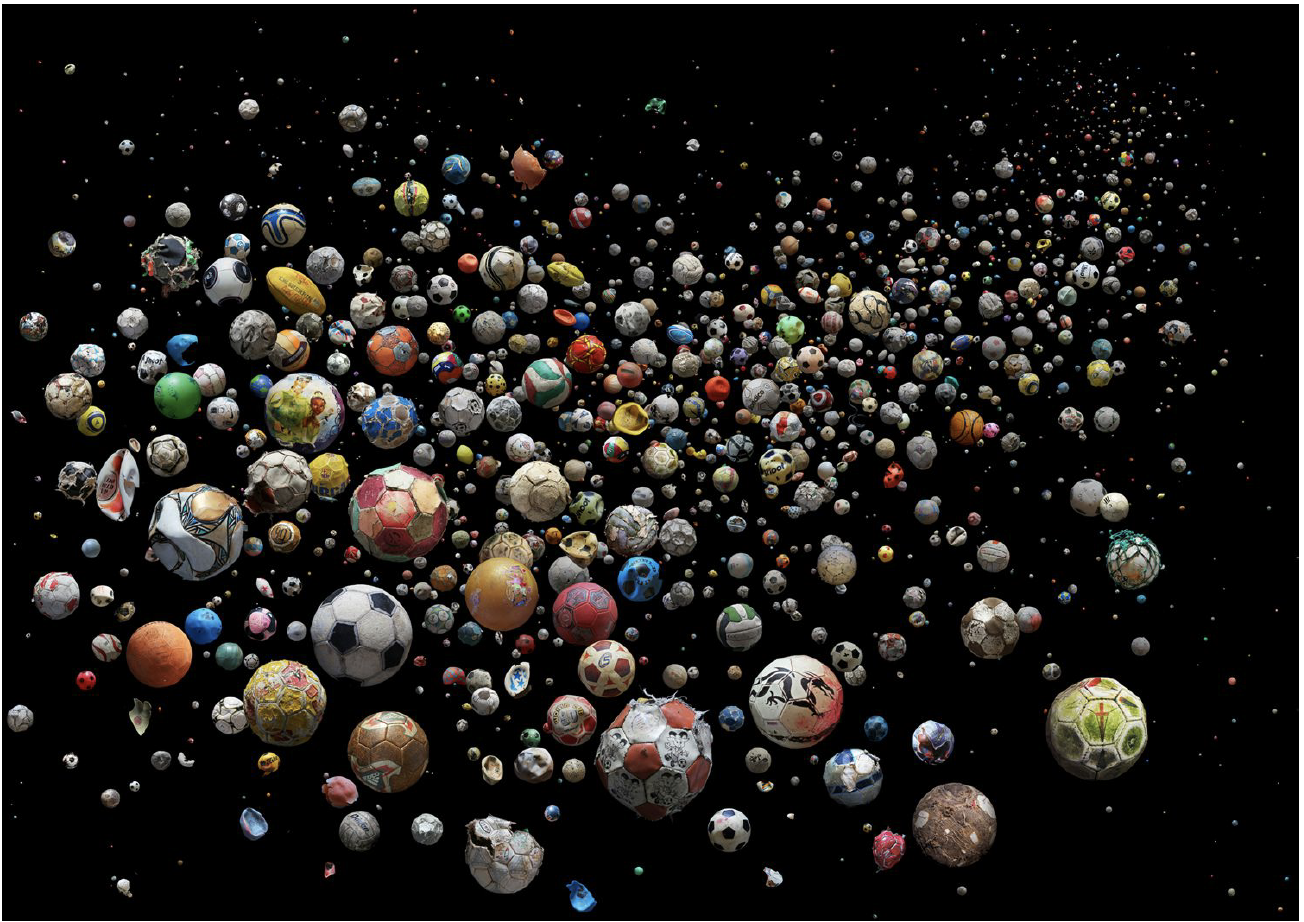
What is your view on the role of art in activism and how do you achieve that through your work?
My work aims to increase public awareness of the detrimental effects of marine plastic pollution. I hope that by presenting information in an accessible way, I can connect the issue to a wider audience and help inspire change. Art is a form of communication that has the ability to educate, inform, and increase awareness, in my case about the over-consumption of plastic entering the sea and its harmful consequences. For example, my ‘Indefinite’ series conveying how long it takes for each material to breakdown helps spread awareness, and my “Where” series showing the fate of balloons and noting each occasion they had celebrated pulls at heartstrings, together embodying this balance between emotion and education. If something has the power to encourage people to act, move them emotionally, or at the very least make them take notice, then it must surely be a vital element to stimulate debate and ultimately change. If I didn’t believe my work did any of these things then I wouldn’t be motivated to continue.
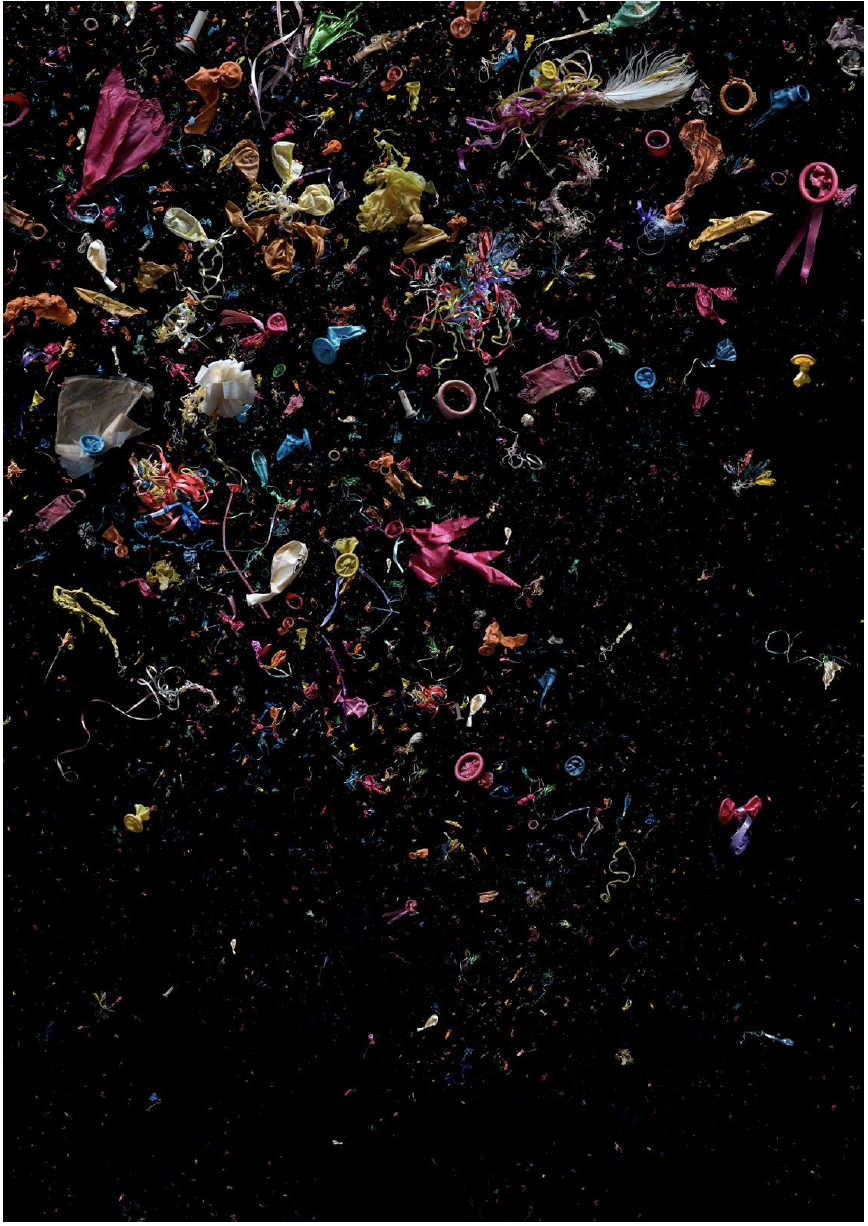
Do you have a favorite series? Why?
My first series, ‘Soup’, makes reference to plastic ingested by animals and represents the many different types of plastic pollution recovered, but my most recent series ‘Beyond Drifting’, which refers to the fact that plankton are ingesting microplastic particles that accumulate up the food chain, is the one I am most proud of. The plankton forms are made from manipulating images of plastic debris.
-
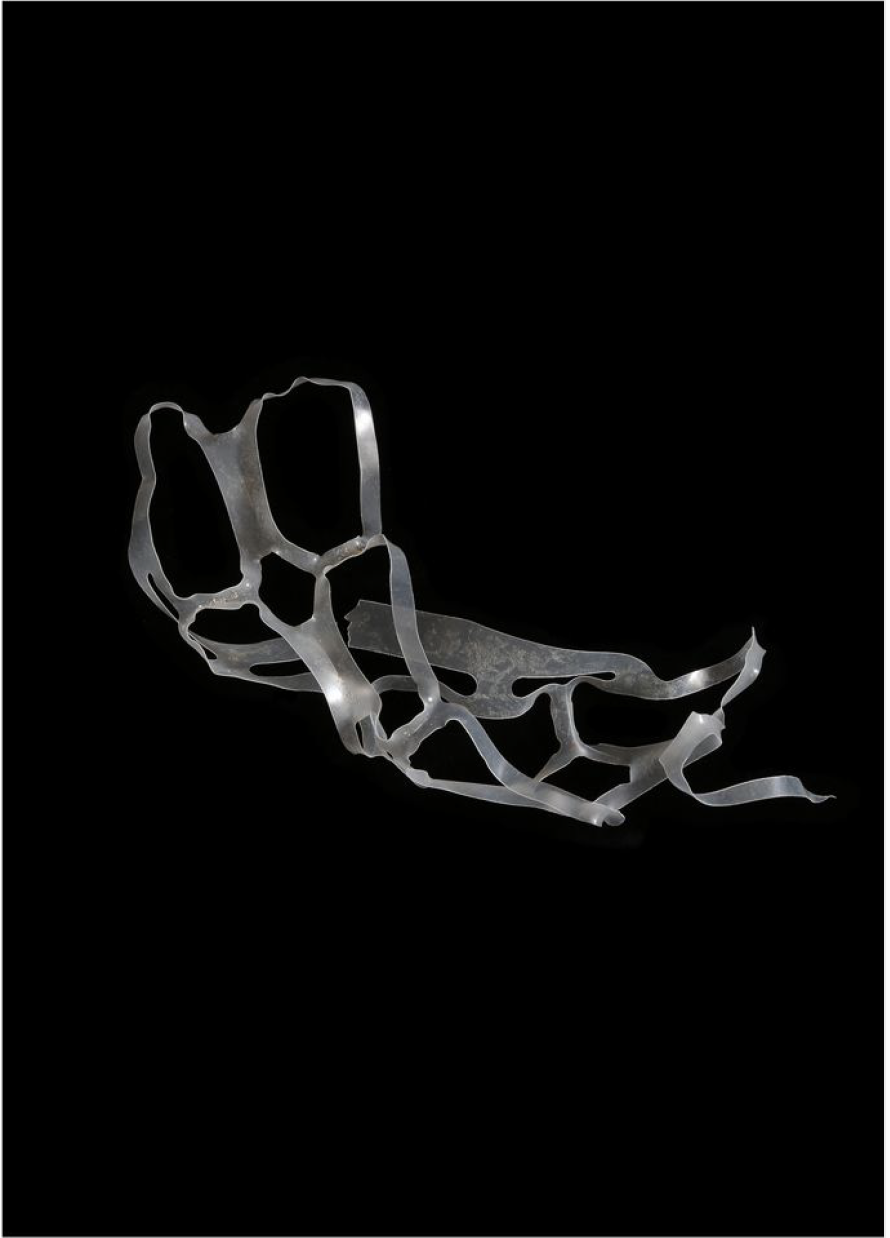
(SIX PACK PLASTIC YOKE) Specimen collected from Roche’s Point, Cove of Cork, Ireland -
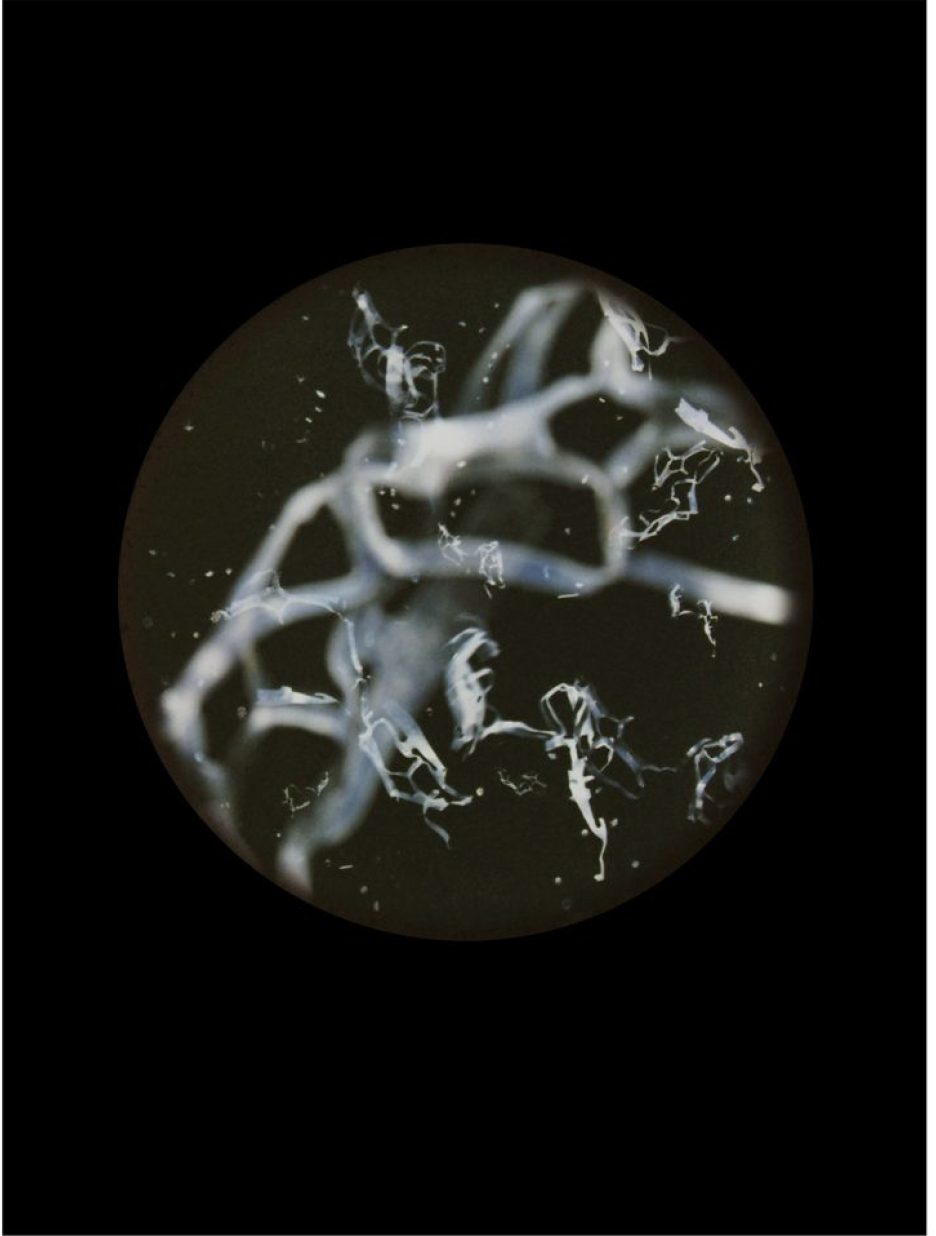
COPEOPOD LANGISTICUS
-
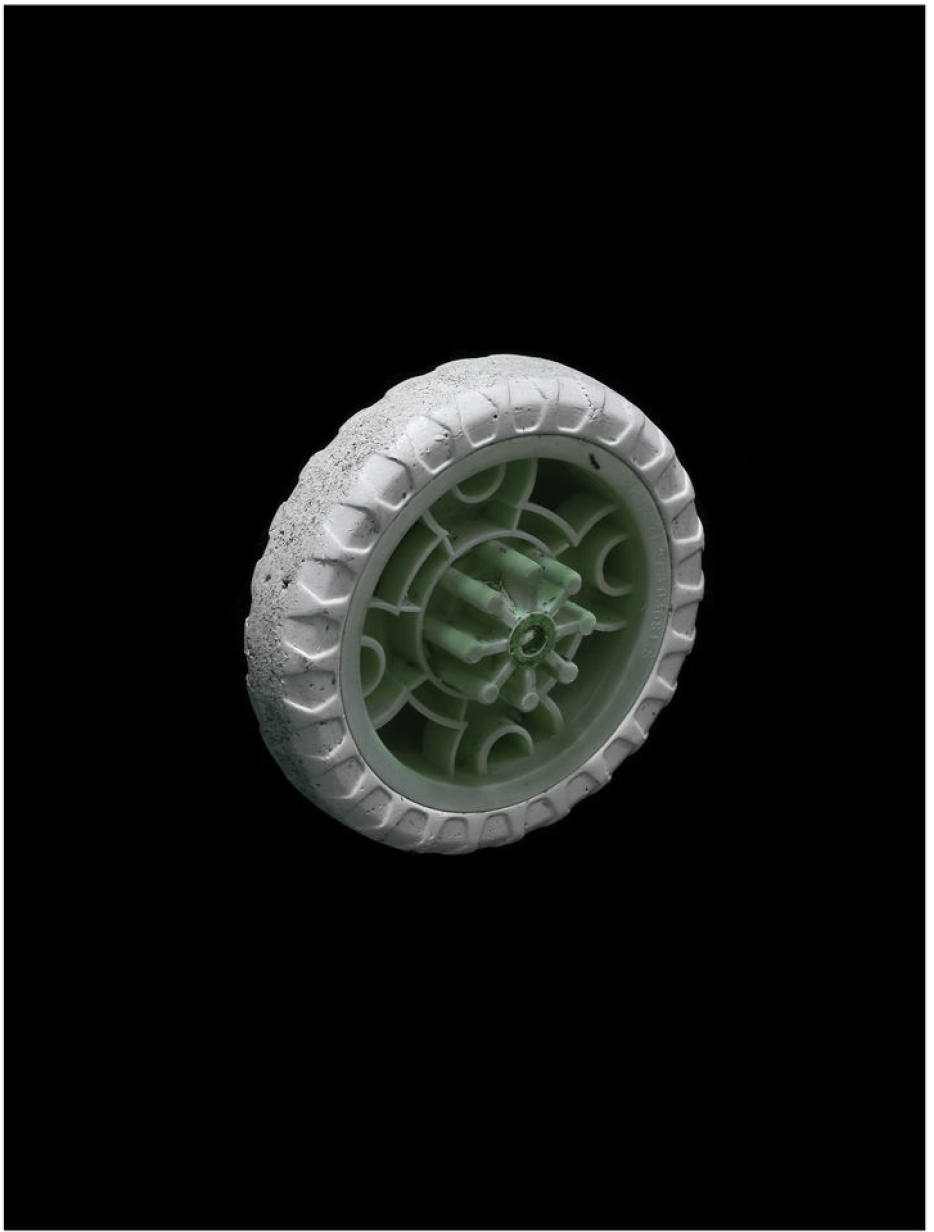
(TRICYCLE WHEEL) Specimen collected from Whitepoint, Cove of Cork, Ireland -
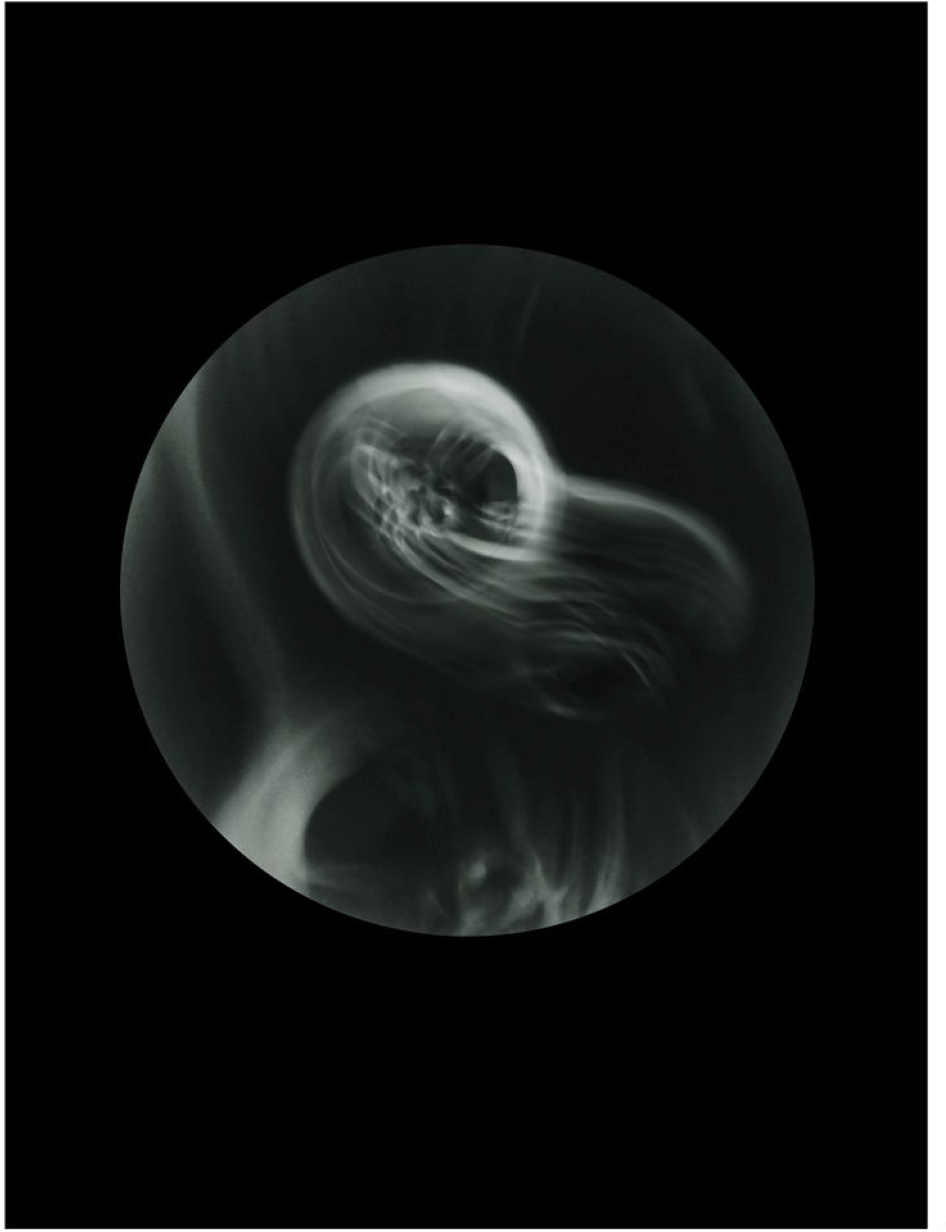
PHORONILASTERI CRAE
-
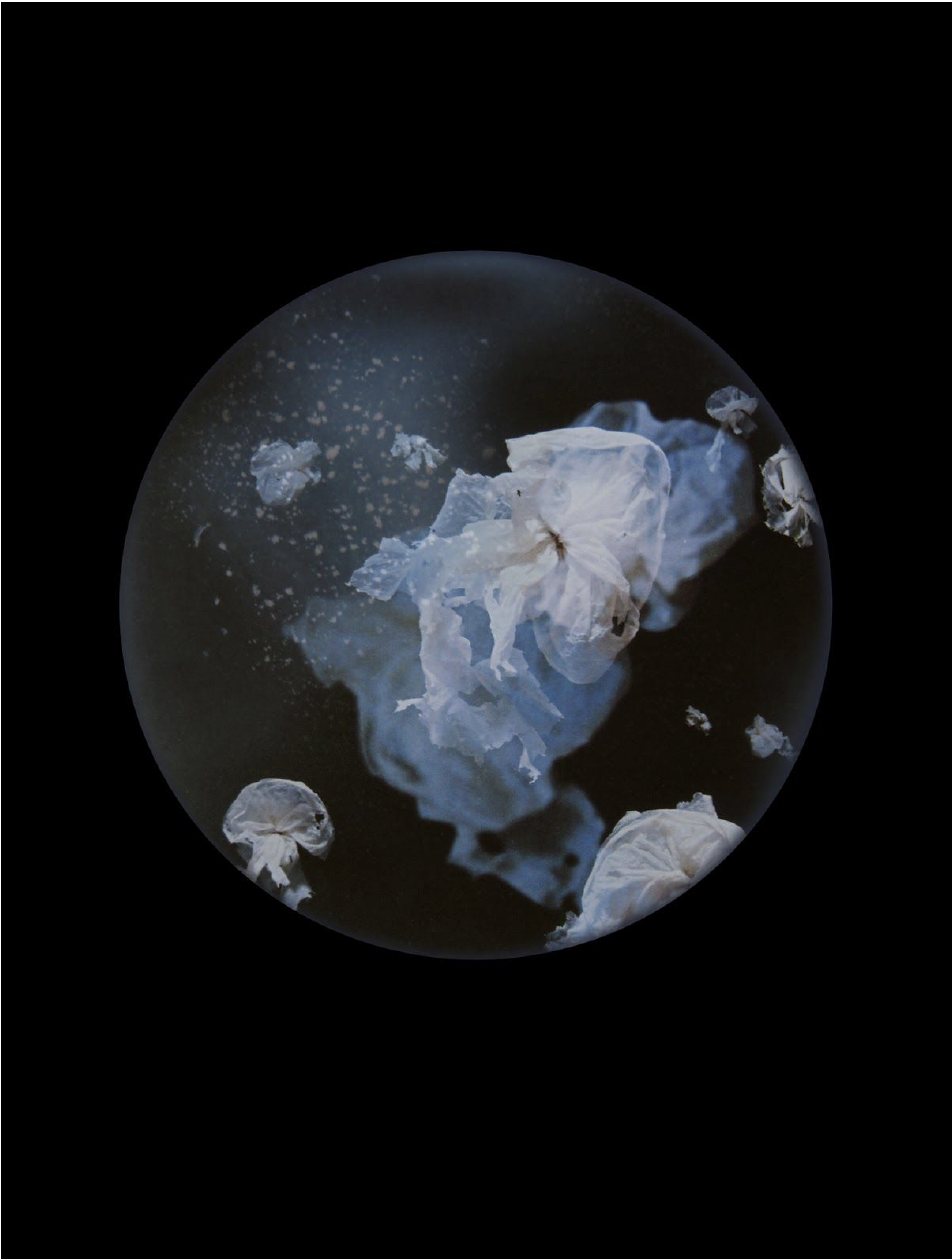
BEYOND DRIFTING (Balapus aforastuic) -
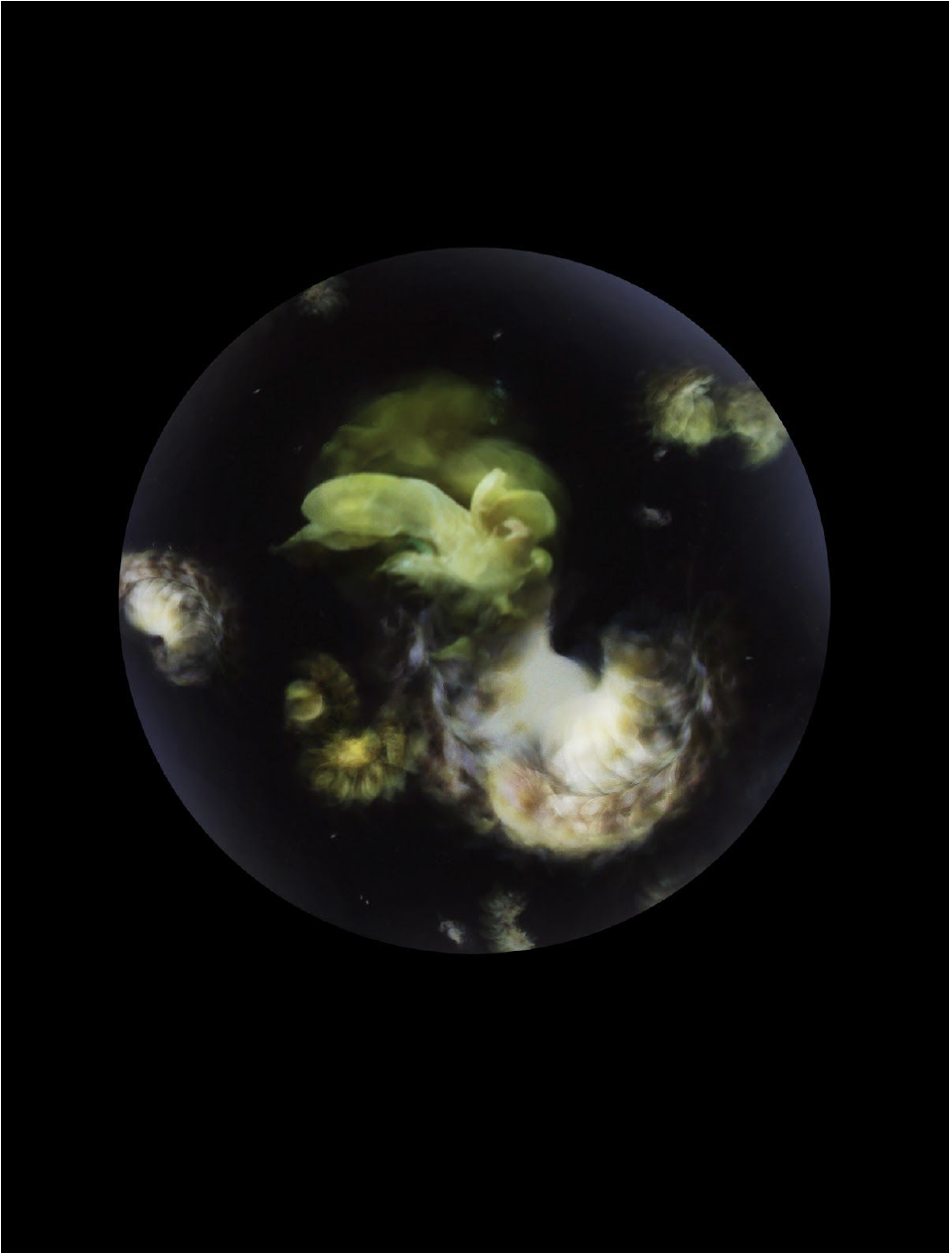
BEYOND DRIFTING (Nebulae plaurosbrathic)
-
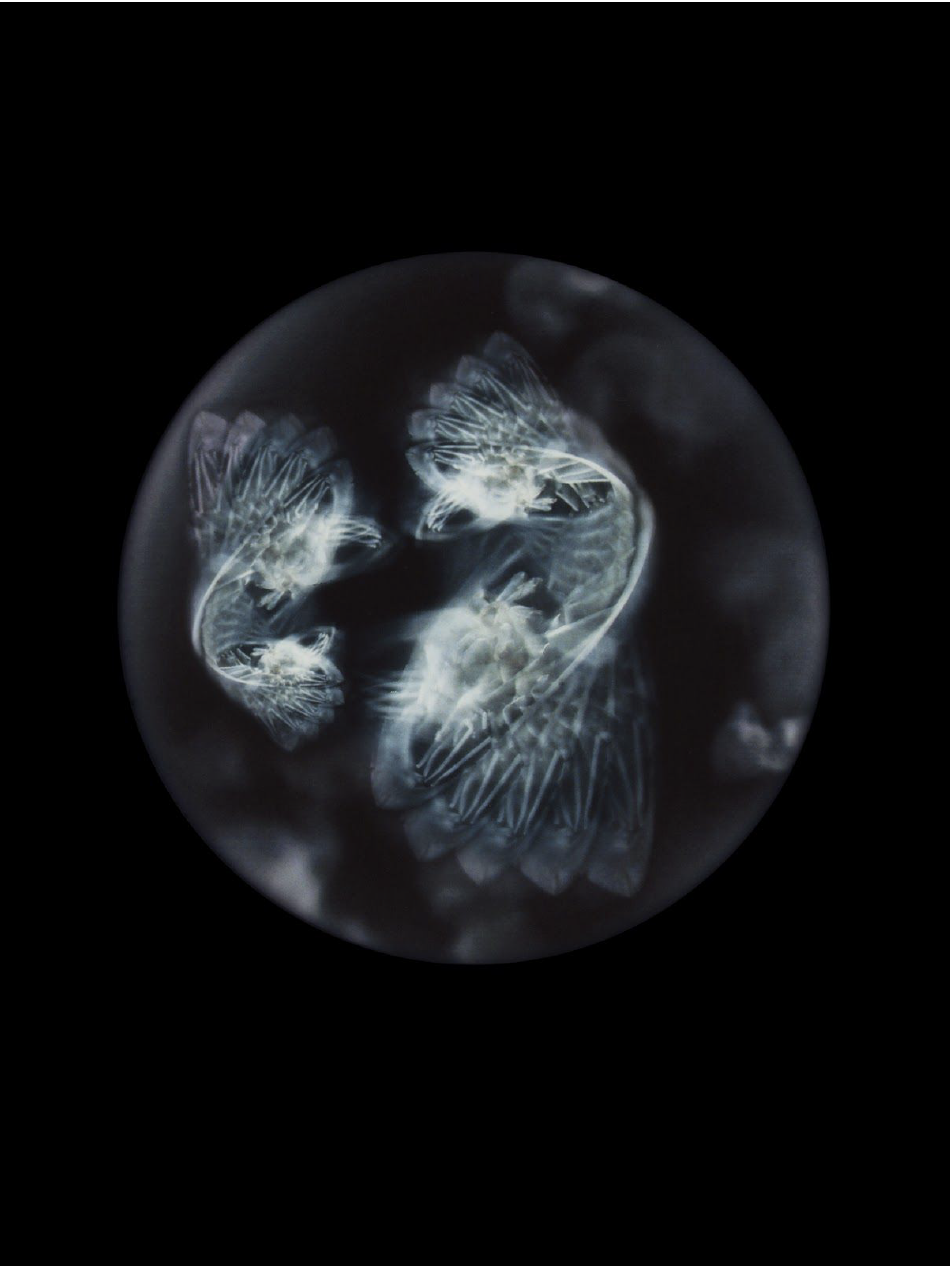
BEYOND DRIFTING (Ophelia medustica) -
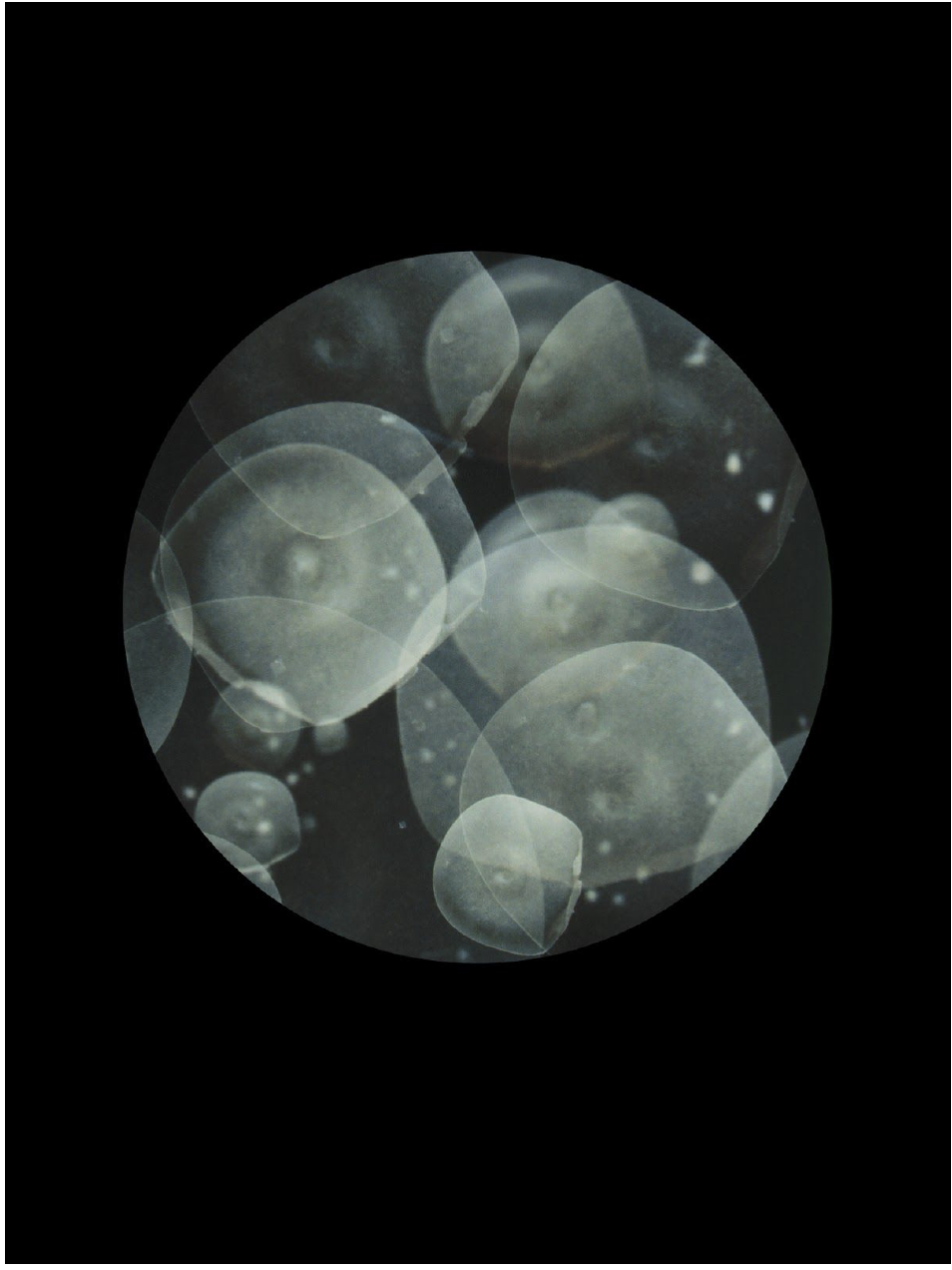
BEYOND DRIFTING (Poletastae nipliuc)
Any sneak-peeks of what’s next? Any new concepts you’re developing and excited about?
The next project that I am currently working on is again intended to attract a new audience while representing latest scientific research. I would like to raise awareness around plastic fragments released from synthetic fibres in washing machines, escaping water treatment works, and ultimately found in the bodies of fish.
Website:
http://mandy-barker.com
Instagram: @mandybarkerphotography
Twitter: @plasticpieces
Facebook:
@MandyBarker
Facebook Page:
@MandyBarkerPhotography
Author: Cassia Patel
Instagram: @mandybarkerphotography
Twitter: @plasticpieces
Facebook: @MandyBarker
Facebook Page: @MandyBarkerPhotography
Author: Cassia Patel

